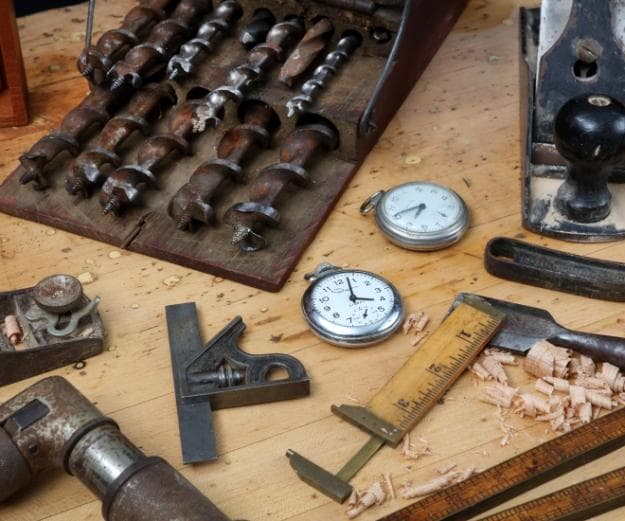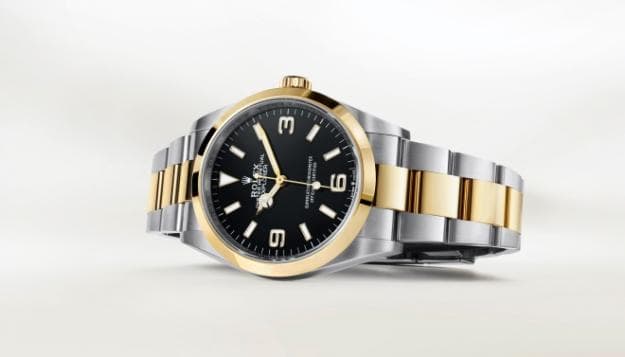
In April this year, we witnessed some of the biggest and most beloved watch manufactures launch their new models for the year. Amongst them were many iconic names that we as watch enthusiasts have come to know and love. And therein lies the topic of today’s discussion. Many of the models names we saw earlier this year have appeared last year, and the year before that, and before that…you get my point. If these watches are simply repackaged models, is there thus a lack of innovation among watchmakers? The answer is of course, a resounding no, as we will explain.
To state that watch manufactures are stagnating based off the fact that their new models bear the same name and similar designs to timepieces of old is unfair. It is, however, understandable that the uninitiated would come to this conclusion. To illustrate the error of this statement, one could draw parallels to the world of technology, specifically, smartphone designs.

Take the iPhone for example. Since the first iPhone came out its basic designs have stayed largely the same. Yes, it may have gotten a little bigger and it might have two cameras where the original only had one but visually, little has changed. It’s still a rectangular device with a full touchscreen adorned with the brand’s iconic logo. Yet, on the inside there have been drastic changes. Hardware and software are improved to improve performance in each iteration but they still all bear the same name, iPhone. Is there innovation in this field? Of course there is, and the same can be said of watch manufactures.
While many watch manufactures retain the same basic designs of their most iconic models, as the example above illustrates, you can’t just judge a book by its cover, or a watch by its case. While ancient, the art of creating exquisite mechanical watches has never stopped evolving, just as times has never ceased ticking. The complexity of luxury watch movements requires a sure hand and years of experience. Watchmakers tirelessly train for years to develop the experience and skills needed to put these beloved designs together. They then continue pushing themselves, building up and relying on these experiences to further innovate and improve on existing designs. While watch designs have remained relatively unchanged over the years, these artisans are constantly pushing the envelope, trying to make these complex movements more portable, durable, reliable, and accurate.


Advances in material engineering also come into play here, expanding the possibilities for watch construction. Two examples of this can be seen in Rado’s experiments with ceramic in the 1960s and the rising popularity of titanium amongst manufactures. Therefore, while these current timepieces may look similar to watches of old, looking under, or even at, the case reveals a different story.
The choice to retain design aesthetics and model names is also a prudent one in terms of business and marketing. Watches such as the Rolex Explorer or Submariner have stood the test of time for a very simple reason, assurance. The Rolex name and their iconic designs are assurances of superior quality and reliability which will outlive even their owners. Combined with their timeless designs, it creates an air of elegance and exclusivity around the brand and its models, cementing its links to the idea of luxury and a rich heritage of excellence.

As these ideas are associated with these iconic models, this drives demand for them, which in turn results in greater profits. These models continue to sell today, because there exists a demand amongst consumers to be able to buy into and own a part of this rich heritage and idea of luxury. Keeping the timeless aesthetics of these timepieces, allows watchmakers to capitalise on this association and continue bringing in money.
The luxury watch is more than a tool worn on the wrist to tell time. It is symbol of luxury and exquisite taste. This symbolism relies heavily on the fact that these iconic models are easily recognised and associated with the heritage of excellence created by watch manufactures. However, timeless designs aren’t enough as consumers become more knowledgeable using the wealth of information online, and demand ever greater quality and innovation. This fuels the often unseen ingenuity of skilled watchmakers, hidden behind case and dial. Remember that before trying to state otherwise, or the more tightly-wound watch enthusiast might take umbrage at your statement.
The post Of Traditional Designs and Watchmaking Innovation appeared first on LUXUO.
from LUXUO
No comments:
Post a Comment